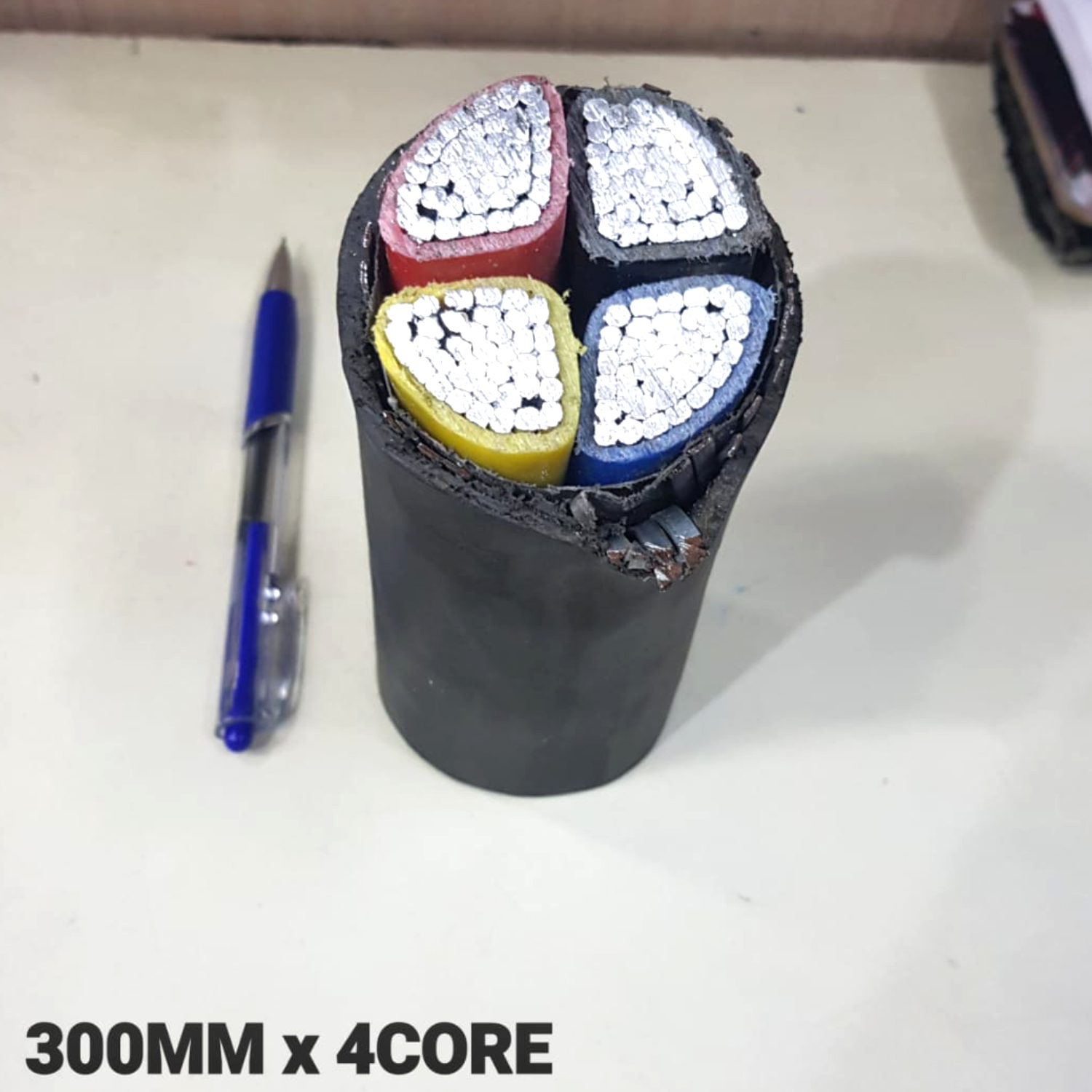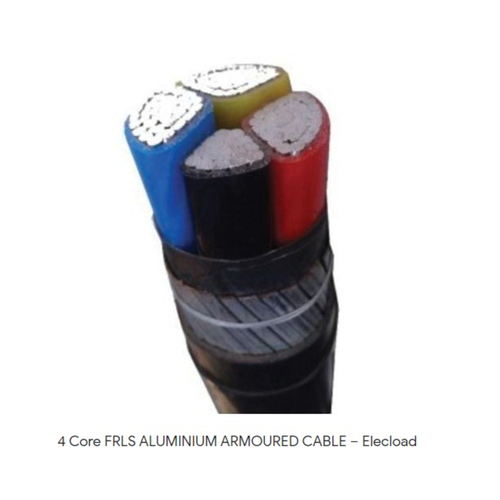Un Armoured Aluminium Cables
Product Details:
- Product Type Un Armoured Aluminium Cables
- Material Aluminium
- Function Armoured Cables
- Usage Industrial / Domestic
- Insulation Material PVC/ Aluminium
- Conductor Material Aluminium
- Length As per available Meter (m)
- Click to View more
Un Armoured Aluminium Cables Price And Quantity
- 1 Roll
- 25 INR/Meter
Un Armoured Aluminium Cables Product Specifications
- Black
- Aluminium
- As per available Meter (m)
- Aluminium
- PVC/ Aluminium
- Un Armoured Aluminium Cables
- Industrial / Domestic
- Different Size
- Armoured Cables
Un Armoured Aluminium Cables Trade Information
- 5000 Roll Per Month
- 1-7 Days
- Yes
- Free samples available with shipping and taxes paid by the buyer
- Free
- All India
Product Description
Unarmored aluminum cables are electrical cables made from aluminum conductors that do not have any additional protective armor layer. These cables are primarily used for power transmission and distribution in various applications such as residential, commercial, and industrial settings. Aluminum is chosen as the conductor material due to its lightweight nature and relatively low cost compared to copper.
Unarmored aluminum cables come in various types and configurations depending on their intended use and the specific requirements of the electrical system. Some common types include:
-
Aluminum Conductors, Aluminum-Clad Steel Reinforced (ACSR): These cables feature a central core of steel wires surrounded by aluminum conductors. The steel core provides strength and support while the aluminum conductors carry the electrical current.
-
Aluminum Conductors, Aluminum Alloy Reinforced (ACAR): Similar to ACSR cables, but with an aluminum alloy core instead of steel. This construction offers a lighter weight alternative with comparable strength.
-
Bare Aluminum Conductors (AAC/AAAC): These cables consist of stranded aluminum conductors without any additional reinforcement. They are commonly used in overhead power transmission lines due to their lightweight and excellent conductivity.
-
Aluminum Power Cables: These cables feature insulated aluminum conductors for use in underground installations or in areas where overhead lines are not feasible. They can be designed for various voltage ratings and are often jacketed for protection against moisture and mechanical damage.
Unarmored aluminum cables offer several advantages, including:
- Lightweight: Aluminum is significantly lighter than copper, making aluminum cables easier to handle and install, especially in large-scale projects.
- Cost-Effective: Aluminum is generally less expensive than copper, making aluminum cables a more economical choice, particularly for long-distance transmission lines.
- Corrosion Resistance: Aluminum conductors are naturally resistant to corrosion, which enhances their durability, especially in outdoor environments.
- Good Conductivity: While not as conductive as copper, aluminum still offers sufficient conductivity for most electrical applications.
However, unarmored aluminum cables also have some limitations, including:
- Lower Conductivity: Aluminum has higher resistance and lower conductivity compared to copper, which can result in higher power losses and reduced efficiency in some applications.
- Greater Expansion and Contraction: Aluminum expands and contracts more than copper with changes in temperature, which can lead to loosening of connections over time if not properly accounted for.
- Susceptibility to Damage: Without armor protection, aluminum cables are more vulnerable to physical damage from external factors such as impact, abrasion, and environmental conditions.
Overall, the choice between armored and unarmored aluminum cables depends on the specific requirements of the installation, including factors such as location, environmental conditions, budget, and the level of protection needed.














 Send Inquiry
Send Inquiry Send SMS
Send SMS Call Me Free
Call Me Free